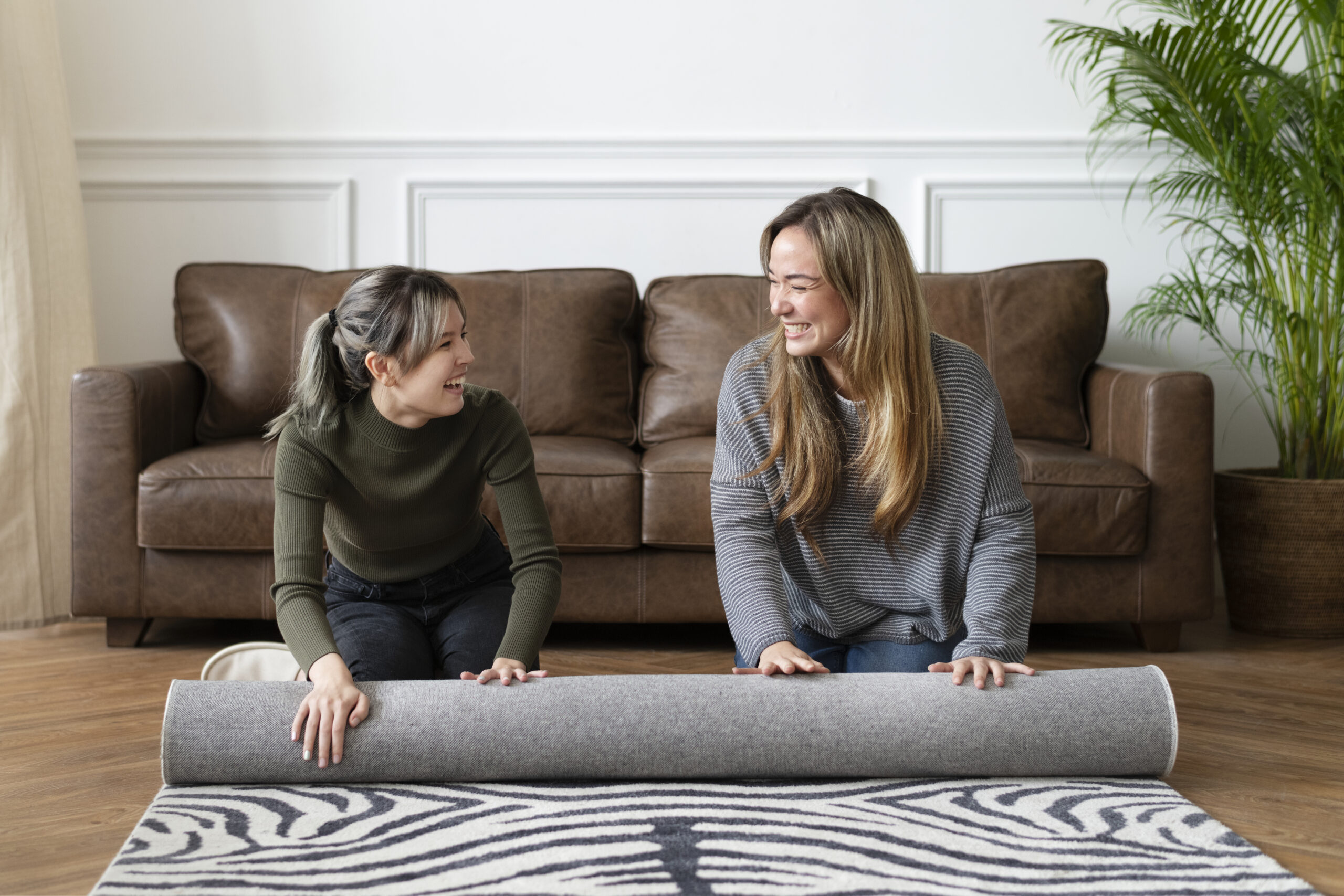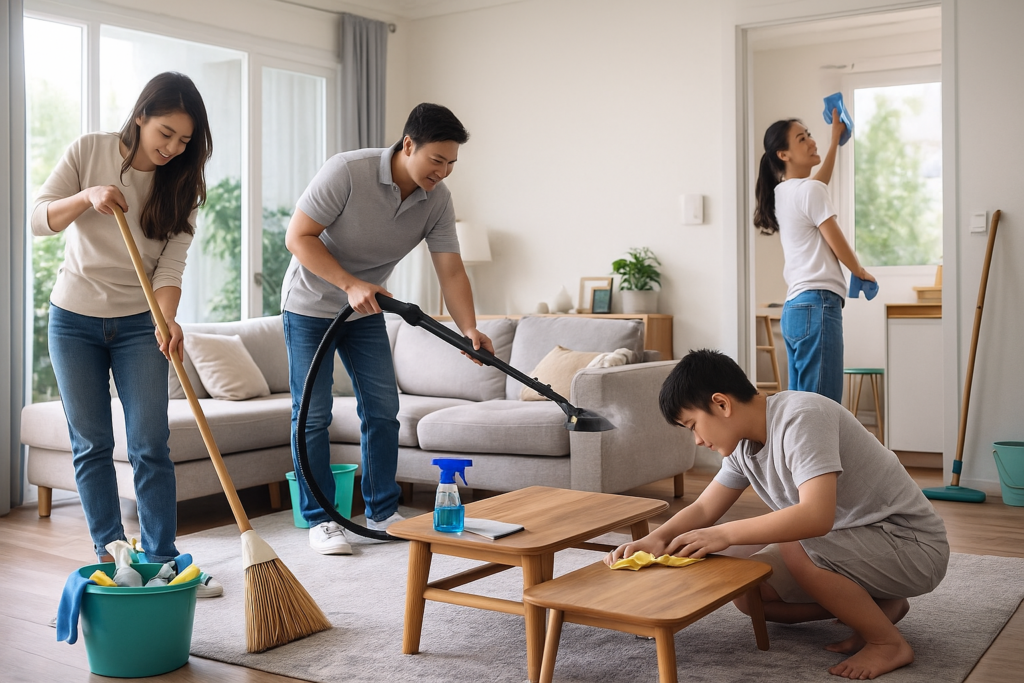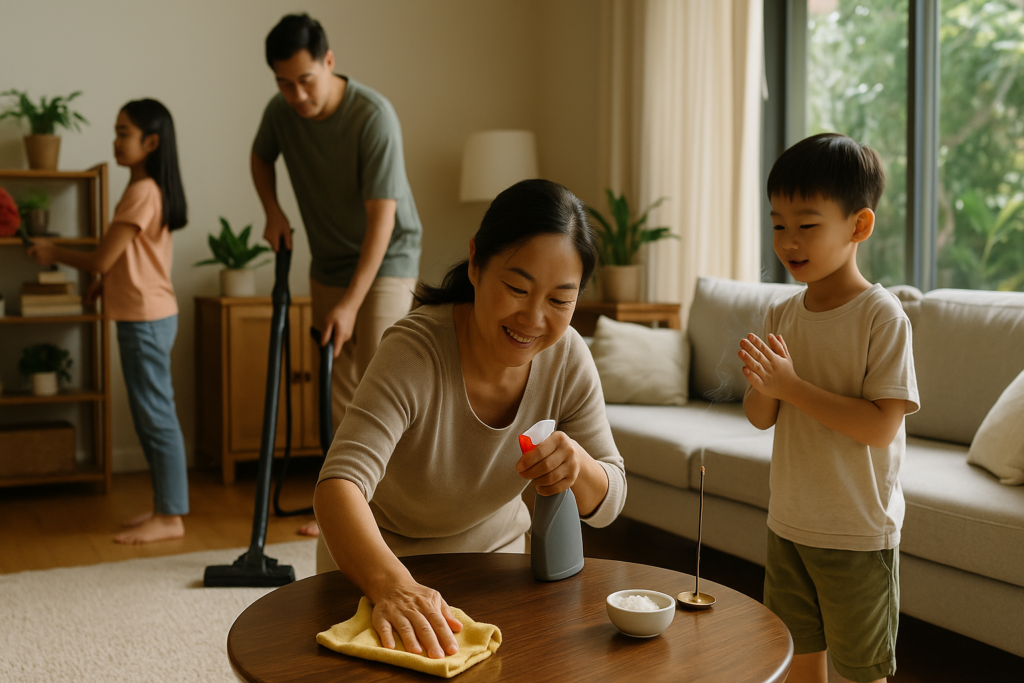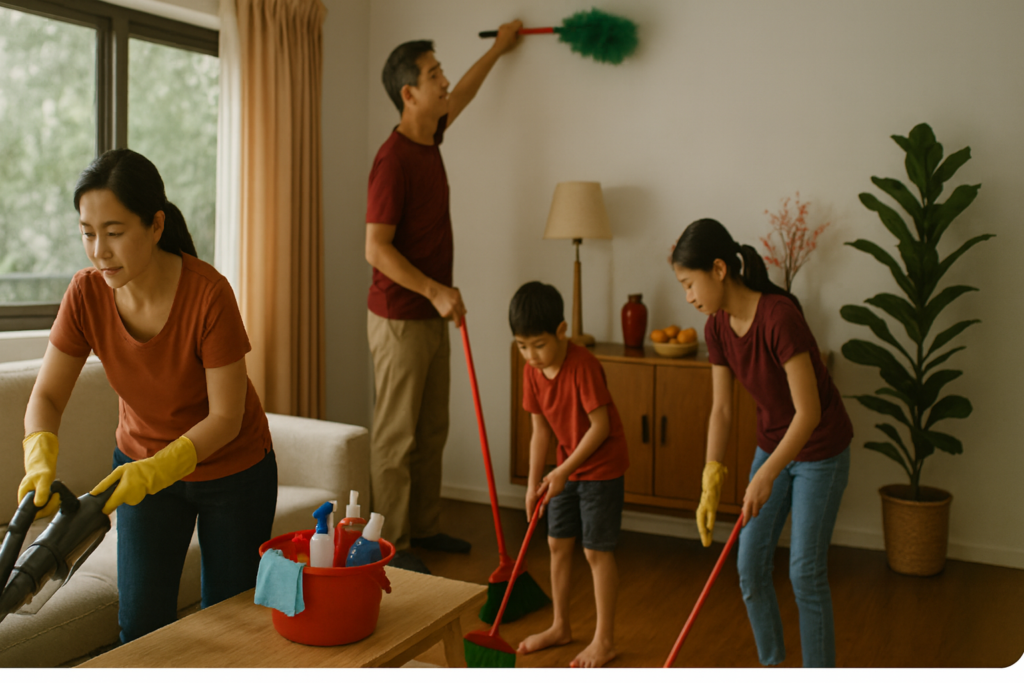Indoor air quality (IAQ) directly affects your health, comfort, and ability to breathe easily at home. While most people focus on air purifiers and ventilation, they often overlook one of the biggest culprits of indoor pollution: the carpet underfoot.
Carpets absorb dust, pollen, VOCs, pet dander, and mould spores over time. Without proper cleaning, these particles circulate back into the air you breathe. This article explains how carpet cleaning influences air quality, which methods are most effective, and how you can maintain a healthier home environment, especially if you have children, pets, or respiratory sensitivities.
Why Indoor Air Quality Starts Beneath Your Feet
Carpets work like massive air filters. They trap airborne particles and prevent them from freely circulating, but only when they’re regularly cleaned.
Left unattended, carpets become reservoirs of pollutants. Every step on a dirty carpet re-releases microscopic particles like PM2.5, PM10, and allergens into the air, affecting breathing, especially for people with asthma or children.
Common Indoor Pollutants Trapped in Carpets
Particulate Matter (PM2.5, PM10)
Fine particles from cooking, candles, smoke, or dust settle deep into carpet fibres. These are linked to heart and lung issues.
Pet Dander, Pollen, and Mould Spores
Pet dander is light, sticky, and easily embeds into carpets. Pollen from shoes or windows also settles in, triggering seasonal allergies. Mould spores thrive in humid conditions and can worsen respiratory illnesses.
Dust Mites and Their Impact on Respiratory Health
Dust mites feed on dead skin flakes. Their waste is a known asthma trigger. If your carpet hasn’t been deep-cleaned in six months, there’s a high chance that dust mites are present.
Can carpet cleaning reduce asthma attacks?
Yes. Steam cleaning at high temperatures kills dust mites and removes their allergenic debris, significantly lowering asthma-related symptoms in sensitive individuals.
Carpet Fibre Types and Their Effect on Air Quality
The carpet fibre type impacts how much dust, allergens, and VOCs it traps or emits.
- Wool: Natural, but holds moisture — can harbour mould if neglected.
- Nylon: Durable but may off-gas VOCs initially.
- Polyester: Low moisture absorption but less durable.
- Olefin: Stain-resistant, low static, but can attract oil-based soils.
High-density fibres trap more particles but are harder to clean. Low-density options shed dust faster but may not last as long.
Detailed Look at VOC Emissions from Carpets
Volatile Organic Compounds (VOCs) are gases released from synthetic carpet backings, adhesives, or some cleaning agents. New carpets are most likely to emit VOCs such as formaldehyde, which can cause headaches, dizziness, or respiratory discomfort.
Is it safe to clean carpets during pregnancy?
Yes — but avoid harsh chemical cleaners. Opt for eco-certified, low-VOC products or steam-only cleaning for safer results during pregnancy or with newborns.
Carpet Cleaning Methods and Their Impact on Air Health
Steam Cleaning (≥100°C) and Dust Mite Elimination
Highly effective for allergen removal. Penetrates deep, kills bacteria and dust mites, and extracts residue thoroughly. However, drying time must be managed to prevent mould growth.
How long does it take to dry after steam cleaning?
Usually 4–12 hours, depending on ventilation and carpet thickness.
Dry Cleaning and Encapsulation
Ideal for quick-dry needs. Encapsulation crystallises dirt for easy vacuuming. Low-moisture methods reduce the risk of mould and VOC exposure.
Shampooing and Bonnet Cleaning
Useful for surface dirt but less effective for allergen removal. If not properly extracted, shampoo residues may attract more dirt and emit chemical odours.
Eco-Friendly Carpet Cleaning: Why It Matters
Green-certified products avoid harmful chemicals, reduce VOCs, and are safer for pets and children. Plant-based enzymes and biodegradable solutions clean effectively without compromising health.
Do eco-friendly carpet cleaners improve air quality?
Absolutely. They reduce airborne chemical residues and are less likely to trigger allergies or respiratory reactions.
For more insights on eco-friendly cleaning, check out our Eco-Friendly Carpet Cleaning Solutions for Homes with Kids and Pets.
How Often Should You Clean Carpets to Protect Air Quality?
- Weekly: Homes with pets, babies, or people with asthma.
- Monthly to Quarterly: Most households have moderate foot traffic.
- Annually: Low-use areas or properties with no known sensitivities.
What’s the best cleaning method for homes with pets?
Steam cleaning paired with a HEPA vacuum is ideal. It removes hair, dander, and odours without leaving chemical residue.
DIY Carpet Cleaning vs Professional Services
Cost and Equipment Comparison
- DIY: Lower upfront cost, limited cleaning depth.
- Professional: Higher initial cost, but deeper cleaning, faster drying, and better allergen removal.
Safety and Efficiency
Professionals use industrial-grade steamers and certified green products. Many are IICRC-certified, ensuring they follow strict indoor health and safety protocols.
Explore our Professional Carpet Cleaning Services to learn more about our offerings.
The Role of HEPA Filters in Allergen Control
High-Efficiency Particulate Air (HEPA) filters capture particles down to 0.3 microns with 99.97% efficiency. They’re essential in vacuum cleaners, air purifiers, and HVAC systems to prevent the recirculation of allergens post-cleaning.
The Link Between Carpet Cleaning and Asthma Management
Keeping carpets clean, especially in bedrooms and living rooms where families spend the most time, can make a real difference for kids with asthma. Many parents say they’ve seen fewer flare-ups and haven’t needed the inhaler as often after having their carpets professionally cleaned on a regular basis.
Managing Humidity to Prevent Mould in Carpets
Humidity above 60% promotes mould growth. Regular cleaning, proper ventilation, and use of dehumidifiers help maintain healthy humidity levels (ideal: 30–50%).
Real-Life Results: Case Studies in Air Quality Improvement
- Family with pets: Monthly professional steam cleaning led to reduced allergy symptoms and odour control.
- Childcare centre: Quarterly HEPA vacuuming reduced sick days and parent complaints.
- Property manager: Switched to green-certified products across 20 units — reported fewer maintenance calls related to odours or carpet wear.
Cost-Benefit Breakdown of Regular Carpet Cleaning
Factor | DIY Cleaning | Professional Cleaning |
Initial Cost | Low | Moderate to High |
Allergen Removal | Partial | Thorough |
VOC Risk | Higher (depending on the product) | Low (with certified pros) |
Long-Term Carpet Wear | Faster | Slower (extends life) |
Health Benefits | Moderate | Significant |
Clean carpets reduce medical costs linked to allergies, extend carpet life by 3–5 years, and decrease the need for aggressive chemical treatments.
Professional Standards That Ensure Indoor Air Safety
Look for carpet cleaning companies certified by the IICRC (Institute of Inspection, Cleaning and Restoration Certification). They follow proven protocols for IAQ, use safer products, and carry insurance for peace of mind.
Supporting Clean Carpets with Whole-Home IAQ Strategy
Airflow & Filtration: HVAC Systems
Replace filters every 3 months. Opt for HEPA or multi-stage filtration if allergies are a concern.
Ventilation & Dehumidification Tactics
Use bathroom/kitchen exhaust fans, open windows when weather allows, and invest in a good dehumidifier for high-humidity areas.
Persistent Myths About Carpet and Air Quality
- “Hard floors are healthier”: Not always. Carpets can trap particles instead of letting them circulate if they are not cleaned regularly.
- “Vacuuming is enough”: Standard vacuums miss deep-seated dust and allergens. Use HEPA-filtered models and deep-clean at least quarterly.
- “You only need to clean when carpets look dirty” Air quality suffers long before visible dirt appears.
Final Thoughts: Clean Carpets, Healthier Air
Clean carpets do more than look good; they protect your air quality. Regular, methodical cleaning removes allergens, cuts down VOCs, and reduces respiratory triggers in your home.
Whether you go DIY or hire certified professionals, the payoff is a safer, healthier space for your family, pets, and guests. For those managing asthma, raising children, or simply aiming for a fresher home, prioritising carpet hygiene is a smart investment in long-term wellness.
Read our 4 Health Benefits of Deep Cleaning Your Carpets for more tips on maintaining a healthy home environment.
Ready to breathe easier? Visit Total Cleanz to explore our full range of cleaning services tailored to your needs.






